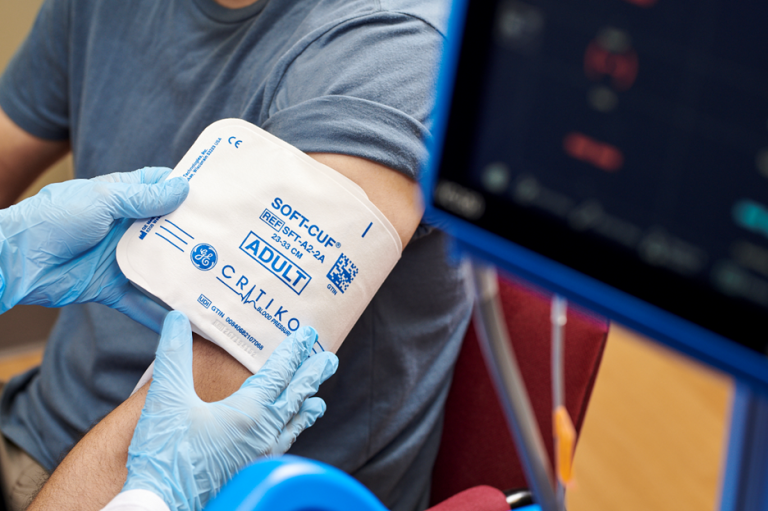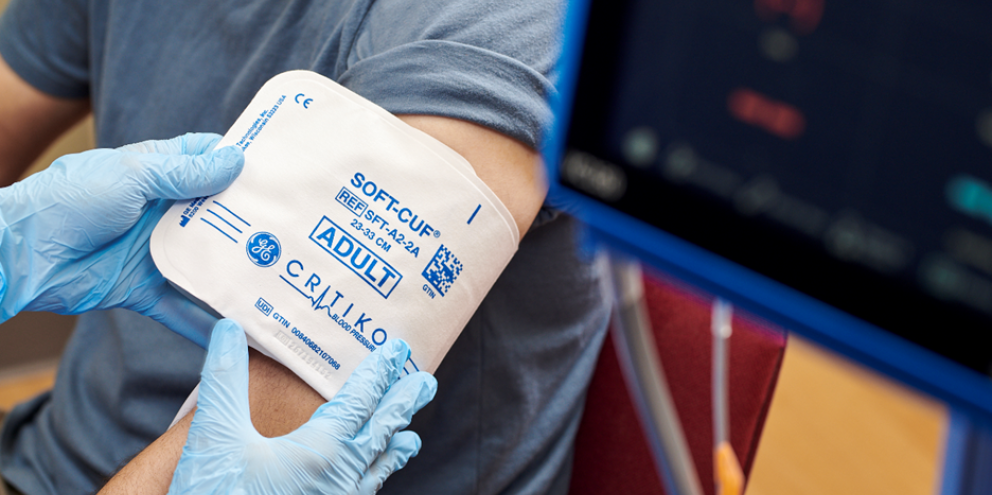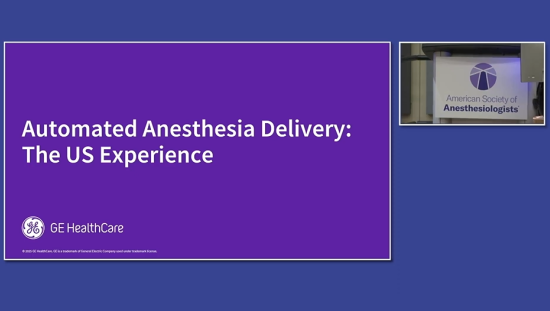
Accessories support the smooth and reliable functioning of devices essential to patient care. Here is breakdown of TCO and some advice on budgeting for clinical accessories for the next fiscal year.
TCO: Thinking holistically
TCO encourages materials managers to think about how much will be spent for a piece of equipment from the time it is purchased until the end of its life. That includes maintenance and upgrades, as well as "soft costs,"1 such as education and training for staff members who use the equipment. The basic elements of TCO are:
- Purchase price. This covers the initial payment: the price before taxes but after discounts or closing costs.
- Operating cost. These include recurring costs such as product updates, maintenance, support services, and accessories.
- Personnel cost. This covers costs for administrative staff and support personnel.
These cost categories vary with the type of equipment and the care provider’s policies. However, one common denominator is that the costs of clinical accessories and add-on components are commonly overlooked – even though they can be significant in the TCO calculation.
For illustration, consider exhaled carbon dioxide (CO2) measurement. This mechanism confers safety benefits to patients, including confirmation of tracheal intubation and recognition of accidental esophageal intubations. This form of monitoring is now a standard of care: regulatory agencies such as the American Society for Anesthesia and the American Heart Association recommend expanding its use. And yet, hospitals have often failed to consider its added costs when purchasing monitors.
Those include the cost of a monitor, plus repeated purchases of accessories including sensors, airway adapters and cables. In particular, sensors are often damaged during connection and disconnection, handling, and regular use. They can also be contaminated by secretions from patients. In the end, CO2 monitoring costs much more than the initial price of the monitoring device.
Buying accessories: Some ways to save
Accessory stocks need to be replenished repeatedly when supplies run low, and the volumes required in a budget year can be hard to predict. COVID-19 showed that hospitals never know what might happen in a given year to cause a spike in demand for items like single-use accessories and personal protective equipment. While a moving budget target can be challenging, here are two strategies that can help materials managers hit the mark.
Use consignment programs to reduce the cost of inventory
Under consignment programs, healthcare organizations can stock items in a warehouse or operations center they choose, paying for them only when actually used2. This avoids the expense of placing and paying for large orders that might not be used up in a year. If inventory at a facility runs low, the warehouse or operations center is nearby with excess stock. This enables speedy restocking and avoids costly emergency shipments.
Get discounts for large orders
For items that always get used up quickly, like gloves and surgical gowns, large bulk orders and the attendant discounts can be beneficial. Buyers should ask for these discounts from the vendors they buy from most often, since vendors are most likely to grant price concessions to regular customers.
Beyond TCO: Considering the standard of care
While TCO is important, it’s also essential to consider how clinical accessories affect patient comfort and satisfaction3. Items like blood pressure cuffs and IV tubing come in close or direct contact with patients; they need to be reliable, durable, safe, and of the highest quality.
Medical accessories play important roles in keeping clinical work and patient care operating smoothly. Materials managers need to plan for them carefully at budget time. While it’s not possible to predict every need accurately, smart planning and budgeting can ensure that clinicians have the supplies they need to support quality care in the year ahead.
References
1. https://www.beckershospitalreview.com/finance/need-to-purchase-imaging-…
2. https://www.jhconline.com/a-time-and-a-place.html
3. https://www.hpnonline.com/surgical-critical-care/article/21155349/how-h…









